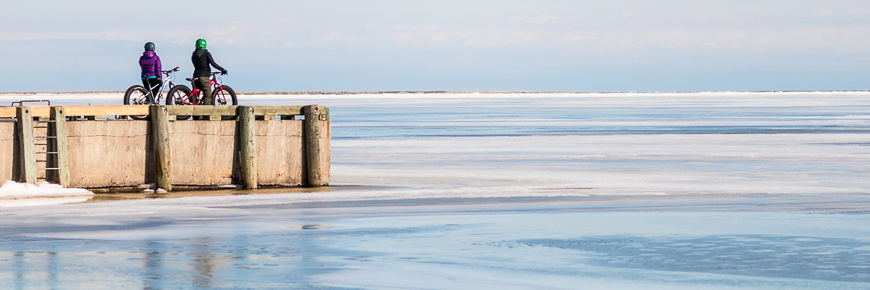
Winter safety
Kouchibouguac National Park
A decline in core body temperature is a serious safety concern. Cold-related emergencies, such as hypothermia, can happen to anyone who is exposed to cold temperatures (or rain, wind, water or snow) for too long, and can be life threatening.
Top 10 winter safety tips
- Remember that you are responsible for your own safety and security!
- Know your limit, bring the appropriate equipment and let someone know where you’re going and when you plan to return.
- Contact park staff if you require specific advice.
- Fat bike riders are strongly advised to wear helmets and must yield to walkers, people on snowshoes and skiers.
- Only classic skiers are permitted on the set ski track. All other users must stay on the other half of the trail.
- Trails not identified will not be groomed or maintained. Orientation may be difficult and natural hazards may be present on non-maintained trails increasing the risk of serious injury. For this reason, it is strongly encouraged to remain on marked trails.
- It's your responsibility to seek out safety information, obey signs and be prepared.
- In case of an accident or emergency call 911. Be prepared for the possibility that you may have to wait for help if you have an accident.
- Cell phone coverage is not available everywhere. A pay phone is located at the visitor information centre.
- Avoid hypothermia and frostbites by dressing appropriately. Be prepared for rapidly changing weather conditions. Check air temperature and wind chill factor before going out.
Ice thickness
Parks Canada does NOT monitor natural ice surfaces for safety.
Many environmental factors affect the thickness of the ice. If you choose to venture on natural ice, you do so at your own risk. The recommended ice thickness is at least 15 cm for walking or skating.
- If you are not sure if the ice is thick enough, stay off it
- Never venture alone on the ice
- Don't walk or skate on ice in the dark
Related links
- Date modified :